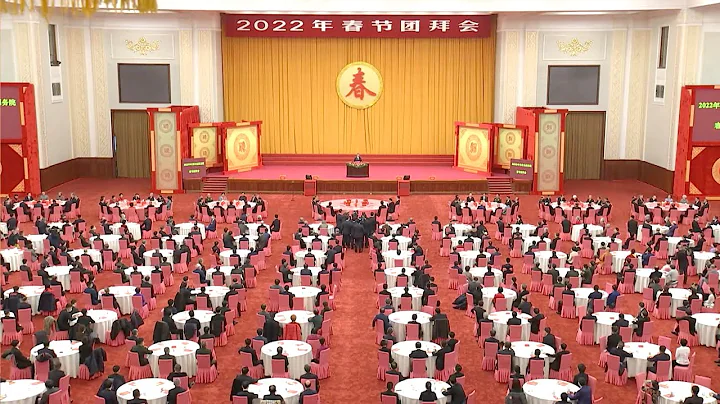
The German Federal Ministry of Science and Technology wants to accelerate materials research and make it sustainable and closely relevant to industry. However, the success of technology leaps or market launches in government-funded projects depends largely on the choice of partners.
The beginning of a new technology starts with the right materials. Lithium compounds, piezoceramics or fiber-reinforced plastics have decisively advanced battery technology, sensor technology or lightweighting. Materials innovation is of particular importance to the German economy. Approximately 5 million jobs depend on the production and trade of materials, with an annual turnover of approximately 1 trillion euros.
In recent years, new materials such as OLED, liquid crystal or nanotubes have repeatedly brought materials research into more public view. However, completely new materials like these only represent a part of the materials evolution. Science and industry are also working intensively to further develop existing materials, for example in the form of new alloys or combinations of materials, and by applying functional surfaces to change the shape of the material.
Political Goals of Materials Research
There are many methods and tools that can adapt materials to new applications. However, the development of adaptive materials is also always related to conditions, as Hans-Georg Hofmann and Jürgen Spindler put it in the introduction to the book "Existing Materials": "Only when the development of Such material can only be developed if clear economic and political goals are set and the corresponding financial resources and personnel are available. "
The German Federal Ministry of Education and Research has now reformulated Germany's political goals in a key issues document. First, future materials development funded by the Ministry should be guided by the guiding goals of sustainability and resource conservation.
Material Center as a new financing tool
Through various material centers, the German Federal Ministry of Science and Technology is launching a new funding tool. Within the framework of these centres, actors from science, industry, politics and society will address materials development issues in areas of particular relevance to society, such as resource efficiency or biomaterials. One such model is the already established Research Factory Battery Center, which bundles the entire value chain from materials and battery chemistry to production and recycling.
In addition, the toolbox of materials platforms will be expanded as sufficient knowledge of these tools is already available from the development of hybrid materials and biomaterials. Within the framework of materials platforms, materials development reaches industrial maturity even before possible applications.
Ten points for strategic adjustment
This article summarizes the strategic adjustment in materials research into ten points:
- Accelerate materials development: Work with basic research results should be directed to industrial problems faster. Digital approaches and stronger interdisciplinary and cross-sector collaboration will be key to achieving this goal.
- Knowledge and technology transfer between academia and industry: Within the framework of the Materials Center, participating industry players ensure that research and development work is more closely integrated with relevant issues in industry. .
- More digitization, less experimentation: Computer-assisted processes rather than carefully designed laboratory experiments will greatly speed up the development of materials. A digital twin is created for each material as a standard. Germany will become an "internationally renowned beacon for digital materials research" and pave the way for Industry 4.0 through open materials data usage digital standards.
- Bio-inspired materials: The use of renewable raw materials and bionic principles will be expanded, such as in the field of autonomous energy supply materials, programmable or self-healing materials .
- Resource sovereignty through sustainable materials: Materials made from locally available, environmentally friendly raw materials should reduce dependence on raw material imports. Where imported raw materials are still needed, such as metals, their use should be made more efficient and their recycling ensured. Through targeted design, materials should be recyclable..
- Shared research infrastructure: Non-university research institutions, universities and industry will share infrastructure to a greater extent, such as laboratories or large equipment funded by the German Research Association. To this end, the German Federal Ministry of Science and Technology wants to create more transparency about the existing infrastructure and suitable framework conditions.
Highly qualified researchers will receive priority funding to establish junior research groups in the field of interdisciplinary research . Other priorities for future research funding are the safety of materials, more dialogue between experts and citizens, interested ordinary people or school children, and a closer alignment of the funding policy of the German Federal Ministry of Science and Technology with the research strategies of major research organizations and other ministries connections, and better embeddedness in the European research area.
Materials development is time-consuming and risky
Despite lofty goals, innovation in materials technology remains a difficult undertaking that not only requires persistence but also involves high financial risks. The biggest difficulty is that material development occurs to a large extent at the beginning of the value chain. No matter how good a material is, it is doomed to fail if production technology is not considered during the development process.
Furthermore, it is often impossible to foresee whether and in which possible fields of application a newly developed material will be used; after all, one material can often be easily replaced by another in an application. This is why many newly developed materials fail to make it from the laboratory to successful applications.
Successfully Developing Materials
However, there are some factors that contribute to the successful completion of a materials research project. Grice, from the University of Mining and Technology in Freiberg, Germany, conducted research on this and examined 167 materials innovation projects that received state funding between 2004 and 2008. She summarizes these results in the final remarks of her book "Innovation Management in Materials Development".
According to Grice, technological success in materials development can be measured by the number and quality of publications and patents submitted.
This is advantageous for publication numbers if project partners are not far apart geographically and technically. It would be a good patent environment if a moderate number of partners, also from academia, worked together over a long project period under the leadership of a large company.
Determining priorities: technical success or market leadership?
According to Grice, having more than five partners involved in a project increases the probability of a technological leap forward. If the number of partners is about 3 to 5, it is best to be no more than 300 kilometers apart, which is conducive to market-oriented success. In a long-term project, the shorter the geographical distance between the partners and the closer the partners are technologically, the greater the likelihood of a successful market launch at the end of the project.
However, Grice concluded that no single consortium optimally meets all success metrics when it comes to materials development. That’s why it’s important to set specific goals at the beginning of a project and prioritize success factors accordingly.





















